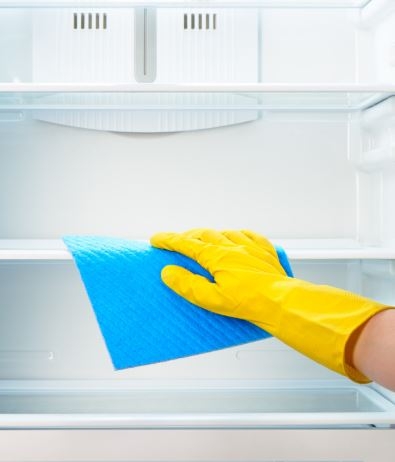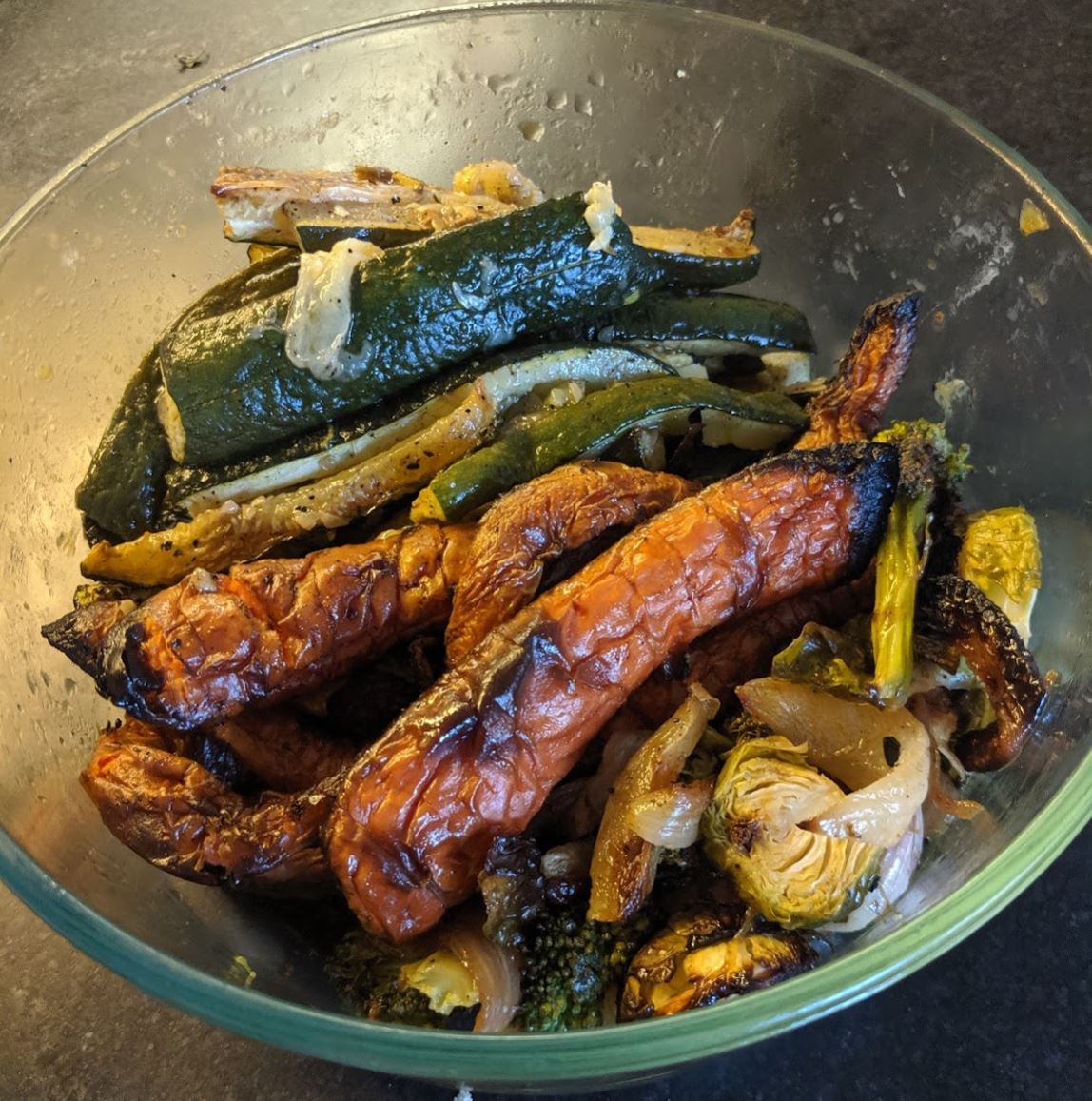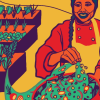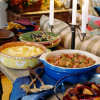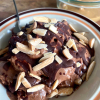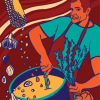Starting 2023 fresh with a clean fridge and a plan to throw away less food.
It’s a new year, and like most people, I have many good intentions (although I'm not sure I'm ready to call them resolutions). One of mine is to simplify: shop less, cook more fresh meals, and make some modifications to our meal routine to incorporate more plant-based meals. One thing I am still working on is wasting less food. We are doing pretty well in the grand scheme of things (I work at StopWaste, after all), but I am especially motivated by studies that show that reducing food waste is one of the easiest things you can do to fight climate change! And since meat, eggs and dairy have a greater climate impact, I want to be sure to make the most of what's currently in my fridge.
To start the year fresh, and since we weren’t home much during the holidays, I’m going to start with a fridge clean-out. This concept was inspired by a “Eating Down” post on the Family Eats Blog.
“Eat Down” Your Fridge
After the holidays, your fridge may look something like mine: extra eggs, butter, and cream from baking; aspirational veggies you never ate; some leftover pasta or rice; maybe a half-eaten rotisserie chicken (plus all those holiday sweets! Help me!). After the sniff test and some common sense composting of some items (I’m talking to you, fuzzy cream cheese), I decided resist a big shopping and start by “eating down” our fridge - the bank account needed a refresh too. It became a fun game to see how many tasty meals we could serve up from food we already have, plus some ingredients from the pantry, such as grains, beans, and canned goods. It is also a great opportunity to explore some of the recipes on our website.
- Roasted veggies are an easy (and irresistible!) way to clear out the veggie drawer. Simply toss with some olive oil, salt, and pepper and throw them on a baking sheet. Eat them on their own, add to a rice or pasta bowl. In one bake-off I cleared out Brussel sprouts, cauliflower, broccoli, onions, beets, zucchini, and carrots (my dad bought a bag from Costco and sent everyone home with a couple of pounds). Increased veggie consumption – check!
- Leftover cooked pasta and eggs make the base for pasta frittata that can be supplemented with chopped cooked veggies and bits of meat like grilled chicken, if desired. This dish is in regular rotation in my co-worker’s kitchen.
- Try fried rice, a delicious stir fry made from leftover rice, chopped veggies, bits of meat (optional), and a couple of eggs. There’s no need to stick to specific types or amounts of ingredients, making this dish a great option for using up what you already have.
- Not sure if your eggs are still fresh? If the expiration date has passed, they may still be good to eat. Try this quick egg test to find out. (Kids love this!)
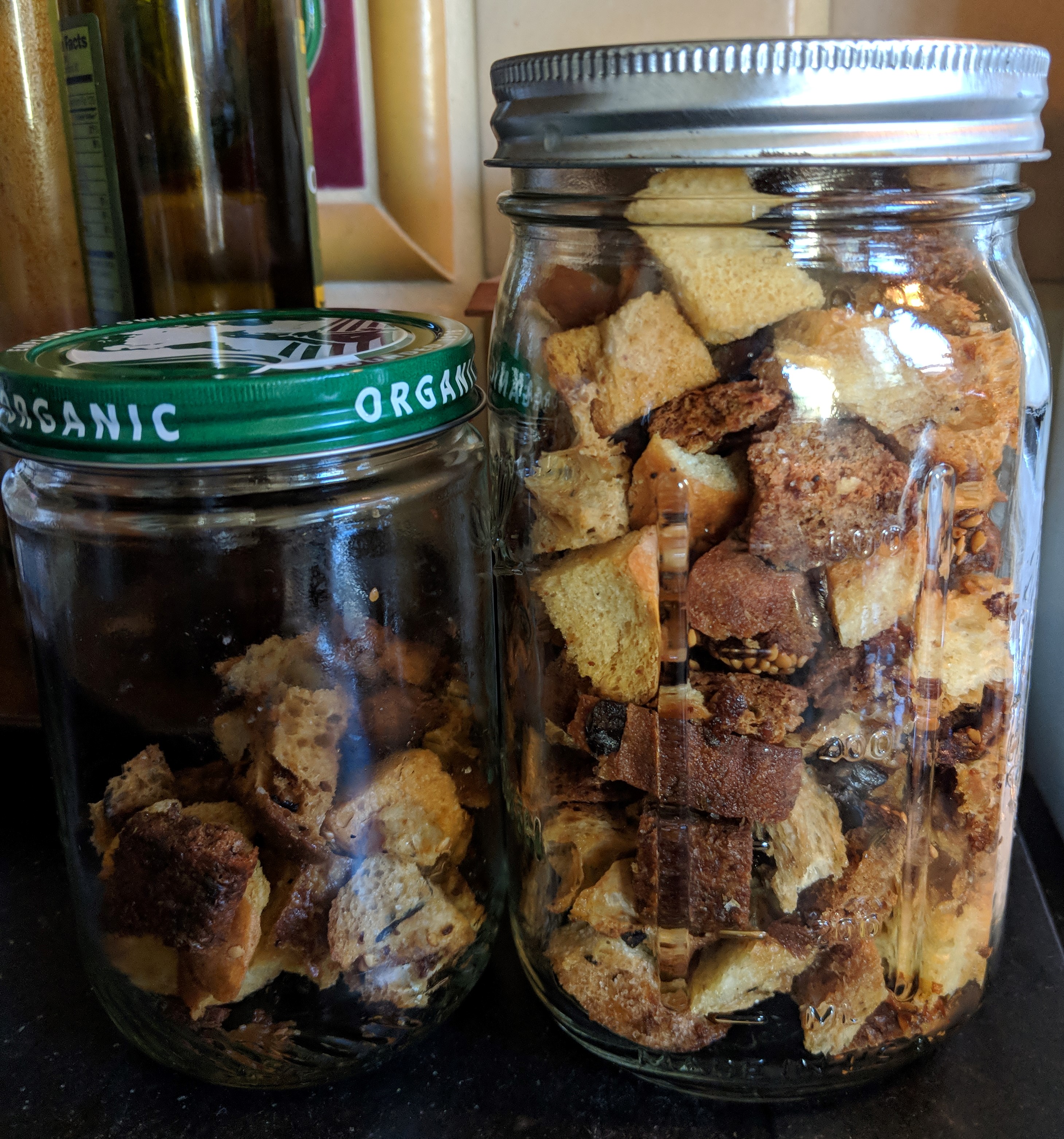
- Overripe fruit is the perfect ingredient for a tasty breakfast - add it to oatmeal or make a smoothie.
- My favorite thing to do with and stale bread and ends is make croutons. The recipe is pretty forgiving, you can add herbs, bits of cheese. The house smells amazing and they elevate any salad (if they don’t all get eaten directly from the baking sheet). You can also make breadcrumbs or a delicious bread pudding.
- If you do eat meat, eggs, and dairy (which has a greater climate impact), try to make the most of it: incorporate it into new meals, freeze it for later, make broth from bones and cheese ends.
Create New Routines
Throwing away less food—and money—isn’t rocket science if you form a few new habits. This may take a few weeks, but soon you’ll find yourself shopping more intentionally, cooking more often, and getting more creative in the kitchen. Here are a few more things I’m working on.
- Before you shop, plan the meals you’ll eat at home and list items and quantities needed. “Shop” your fridge, freezer, and cupboards for ingredients first, then make a digital shopping list or download and print one here.
- Store fruits and veggies correctly to make them last longer and build meals around the ones that need to be eaten first. Bonus: You’ll reach for fresh produce more often! Download and print our storage guide here and keep it handy.
- Designate an area inside your fridge for foods that need to be eaten soon. It helps to clearly mark it with a sign (download and print here). When you plan your meals, “shop” this area first.
Here's to a new year, a reset and new habits!
Additional resources
- "Eating Down: Cutting Down on Food Waste" - Laura Everage on Family Eats.
- "Always Roast as Many Vegetables as You Can" - Treehugger
- "Yes, a Pantry Challenge Can Save You Money. Here’s How." - The Kitchn
- "The Meat-Lover’s Guide to Eating Less Meat" - New York Times
Robin Plutchok is a Program Manager at StopWaste, working on a broad range of topics and campaigns, including Stop Food Waste.

